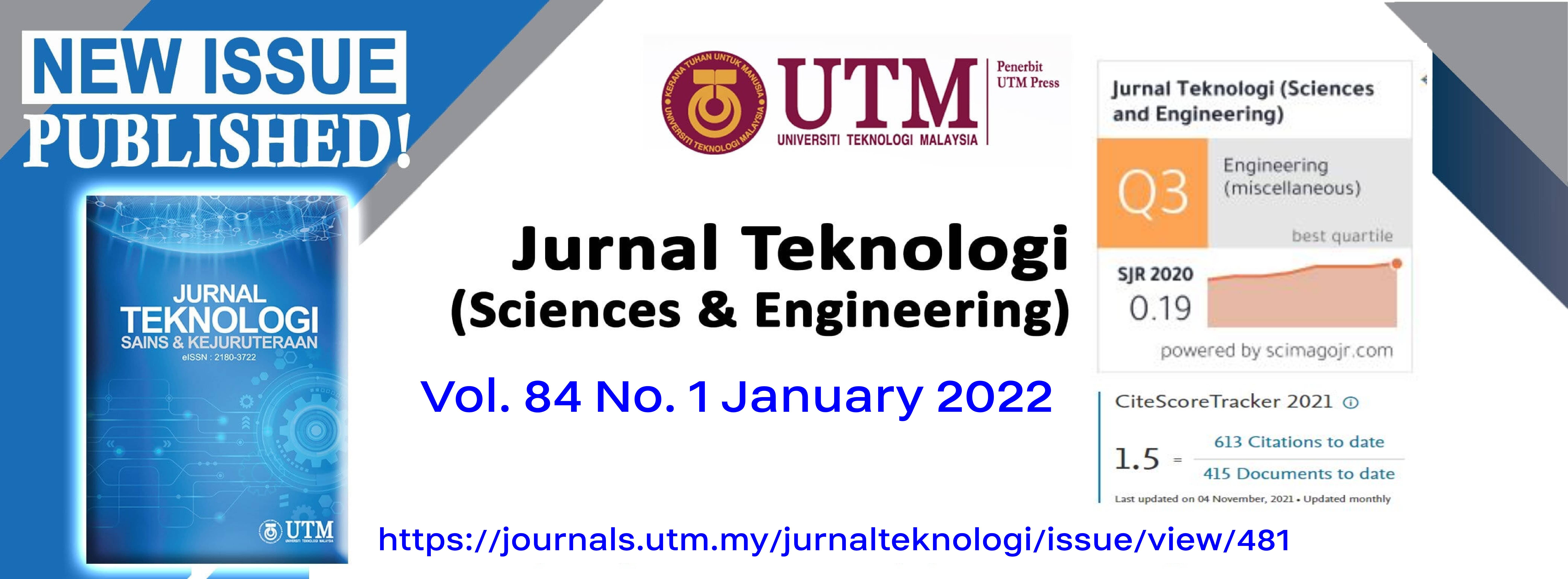NUMERICAL STUDY OF REINFORCED CONCRETE CORBELS WITH DIFFERENT LAYUP SCHEMES OF CFRP LAMINATES
DOI:
https://doi.org/10.11113/jurnalteknologi.v84.16880Keywords:
Reinforced concrete corbel; Finite element analysis; CFRP laminate; Bearing capacity, Structural behaviorAbstract
Reinforced concrete short corbels are widely used in engineering structures, such as bridges and precast structures. Therefore, the present comparative study was conducted on the structural behavior of the reinforced concrete corbels strengthened with carbon fiber-reinforced polymer (CFRP) laminates. For this purpose, numerical analysis was done using the finite element method. Therefore, nine models consisting of eight corbels strengthened with different CFRP arrangements in addition to an unstrengthened model were studied. The maximum load capacity, stiffness, ductility, and amount of absorbed energy were compared. In one of the above structure models, an innovative hunch was added at the top side of the corbel to column connection to investigate the differences with ordinary types of connections. Results revealed that the model used three bonded CFRP laminates all around the column and outside edges showed an 81% increase in loading capacity. Moreover, the corbel equipped with hunches had an 8% increase in stiffness compared to an ordinary corbel.
Downloads
Published
Issue
Section
License
Copyright of articles that appear in Jurnal Teknologi belongs exclusively to Penerbit Universiti Teknologi Malaysia (Penerbit UTM Press). This copyright covers the rights to reproduce the article, including reprints, electronic reproductions, or any other reproductions of similar nature.
















